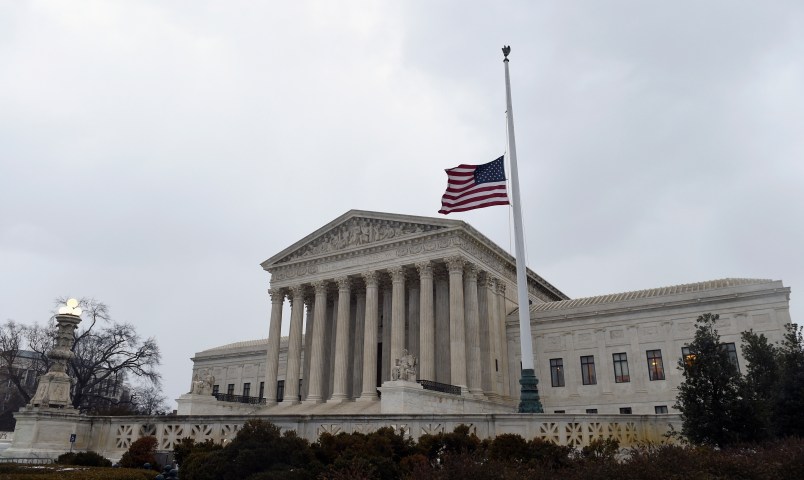WASHINGTON (AP) — The Supreme Court on Wednesday bolstered the rights of millions of learning-disabled students, requiring public schools to offer special education programs that meet higher standards.
Here is a look at the main issues and challenges surrounding the case:
IDEA
The court ruling centers on the Individuals with Disabilities Education Act, a landmark piece of legislation initially passed by Congress in 1975. The law stipulates that students with disabilities must receive “free, appropriate public education” administered “in the least restrictive” environment — in other words, special needs students must be taught alongside their peers to the extent possible.
THE CONTROVERSY
While IDEA provides guarantees that special needs students must have access to education, there was disagreement as to how to define and measure the students’ progress and therefore how to monitor whether the law is being implemented. Should special needs students demonstrate minimal progress at school or should they be held to rigorous academic standards? Advocates argued that special education students must demonstrate significant academic progress on a par with their peers.
COURT RULING
The court case involved an autistic teen from Colorado who wasn’t doing well in his public school, despite being given specialized instruction. But when put in a private school, the student thrived in what advocates say is proof that special needs children can succeed in school if given the proper education and resources. In Wednesday’s ruling, the Supreme Court said that students with disabilities must be held to high standards and given the appropriate instruction. “A student offered an educational program providing merely more than de minimis progress from year to year can hardly be said to have been offered an education at all,” Chief Justice John Roberts said.
REACTION
Rights groups hailed the decision as a victory for roughly 6.4 million students with disabilities across the country. Judith Sandalow, executive director of Children’s Law Center, an advocacy group, said the difference between expecting minimal progress from students versus holding them to high standards could mean a life of suspensions and dropping out of school or thriving academically and going to college. “So many kids can learn if only we can address their disabilities,” Sandalow said. “And we are depriving so many children with disabilities of an education that will allow them to be full participants in our country, in our communities.”
IMPACT
In practice, the court ruling will give parents greater power to advocate on behalf of their children when negotiating with schools, be it asking for extra time to complete a test, or additional instruction, better teacher training or additional recess during the school day.
Copyright 2017 The Associated Press. All rights reserved. This material may not be published, broadcast, rewritten or redistributed.






